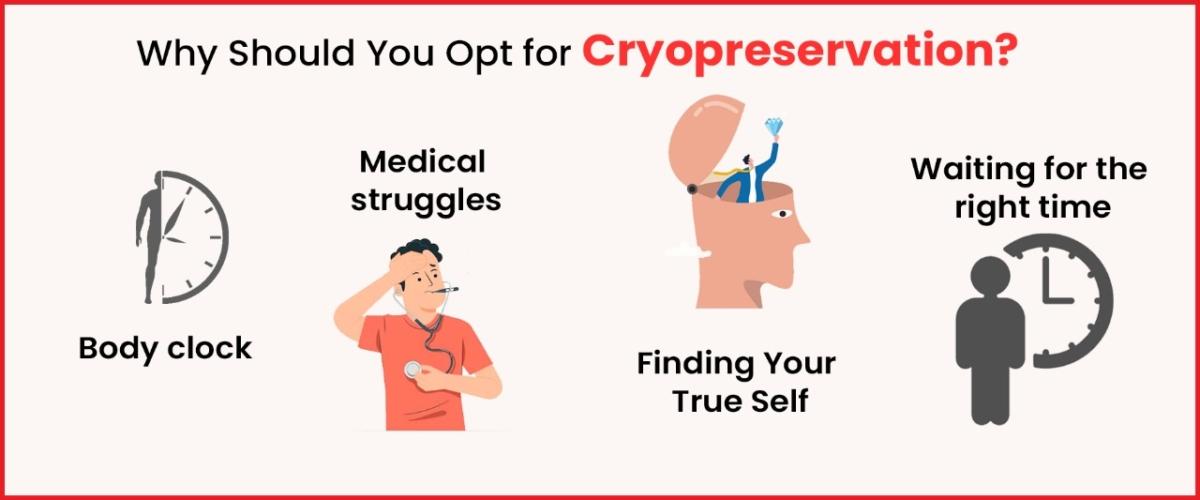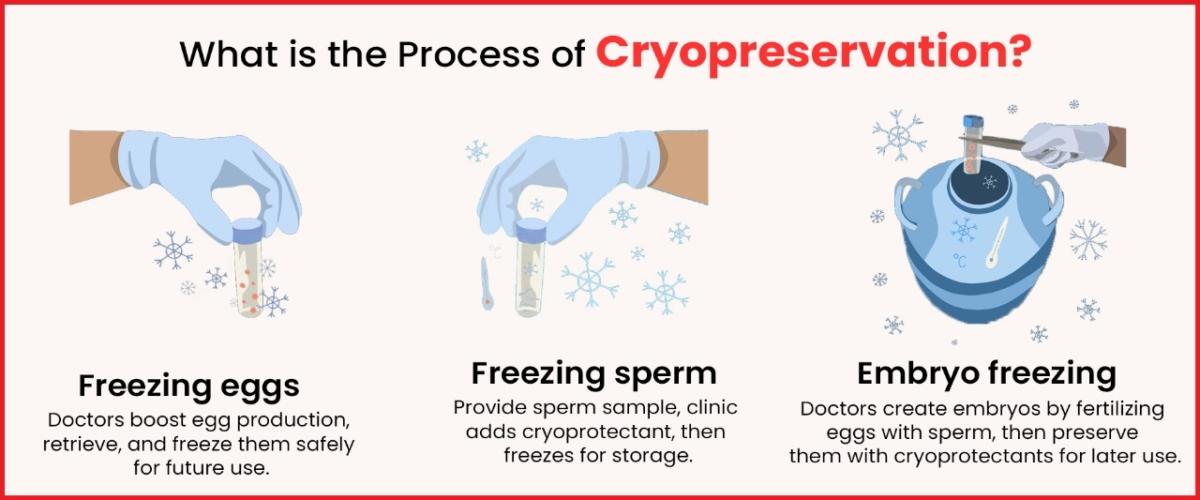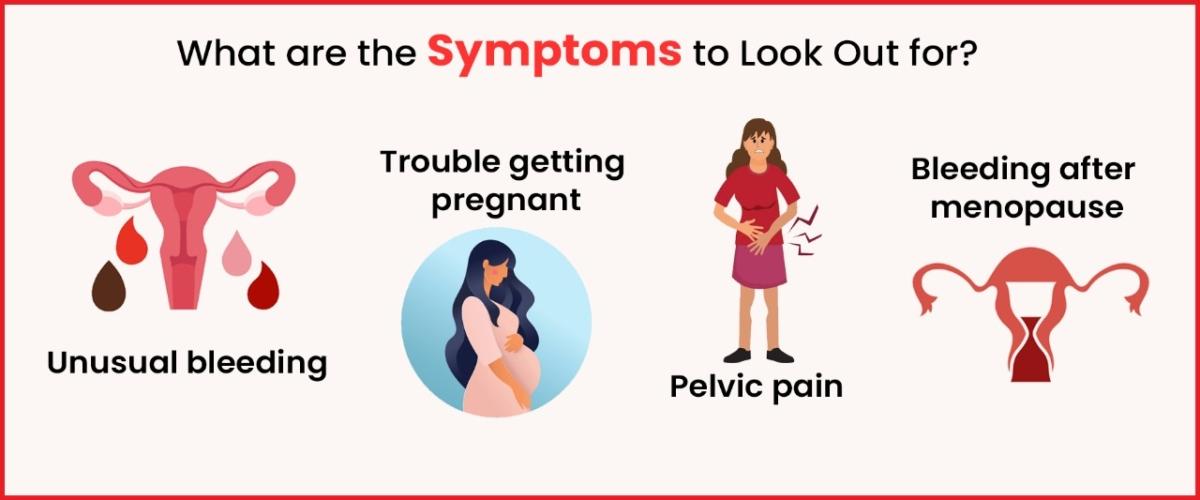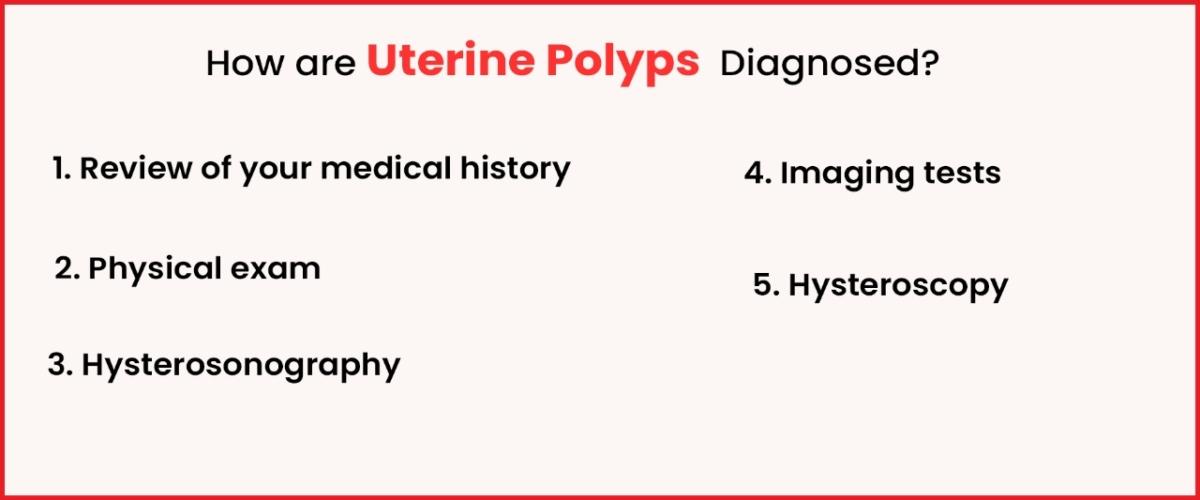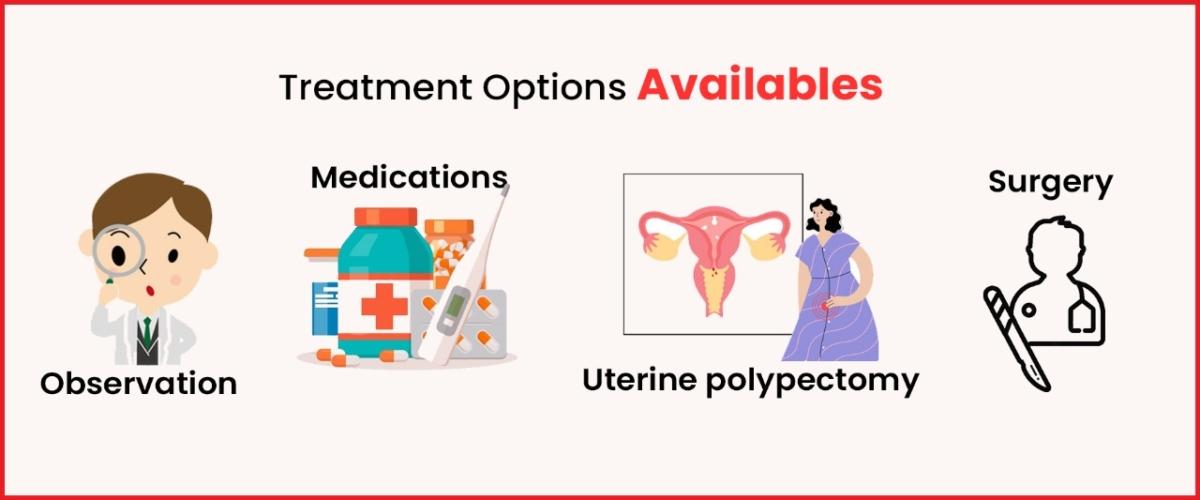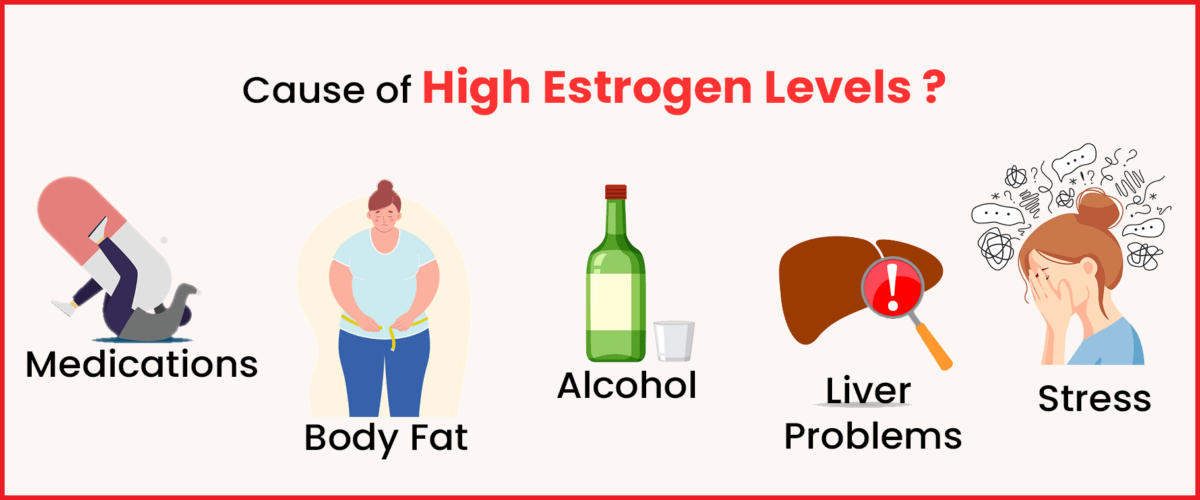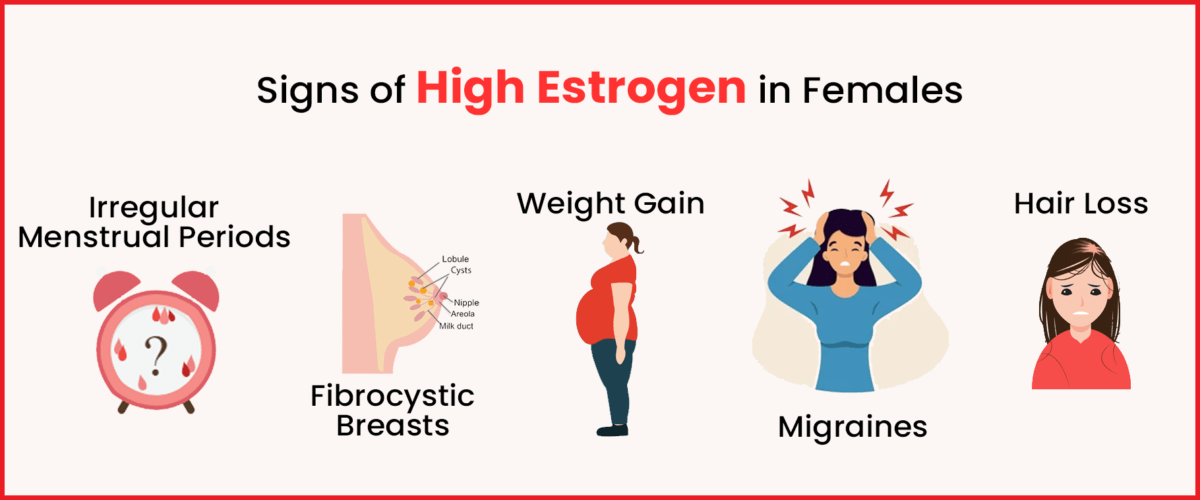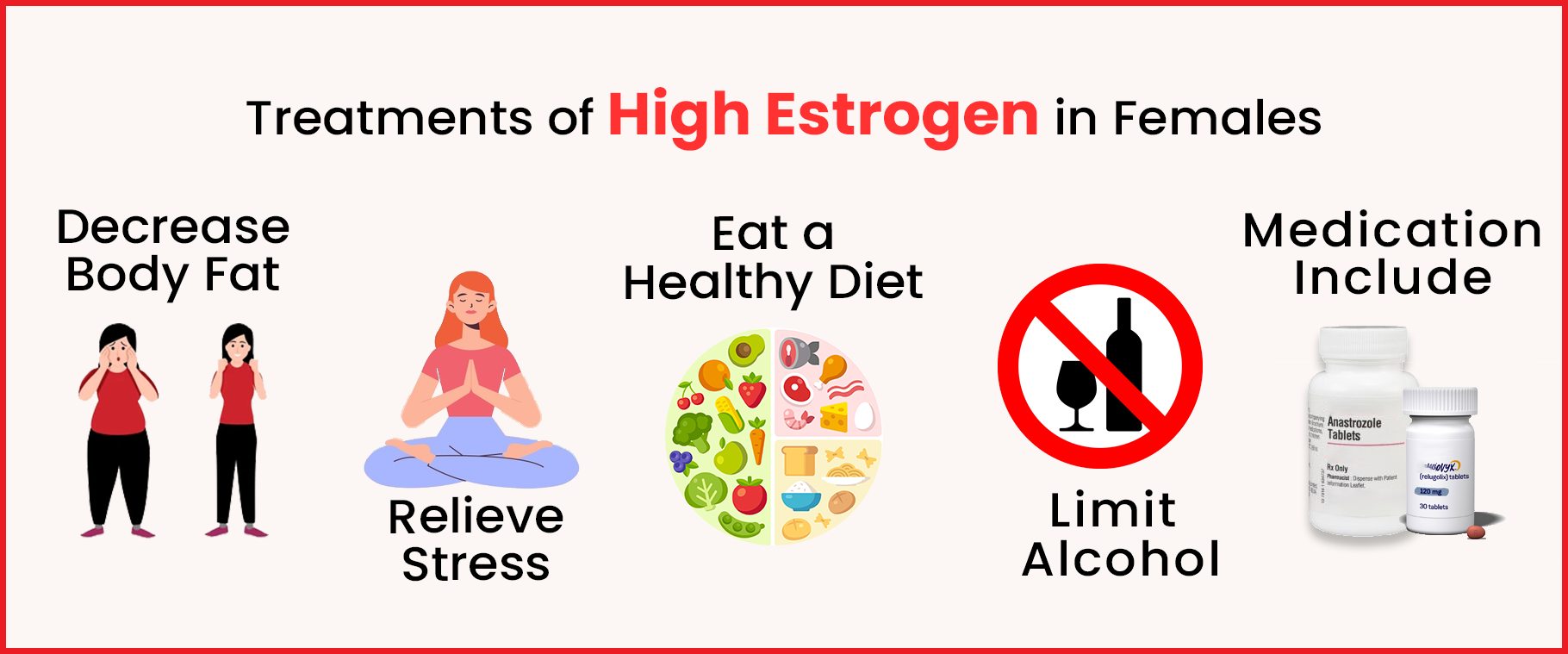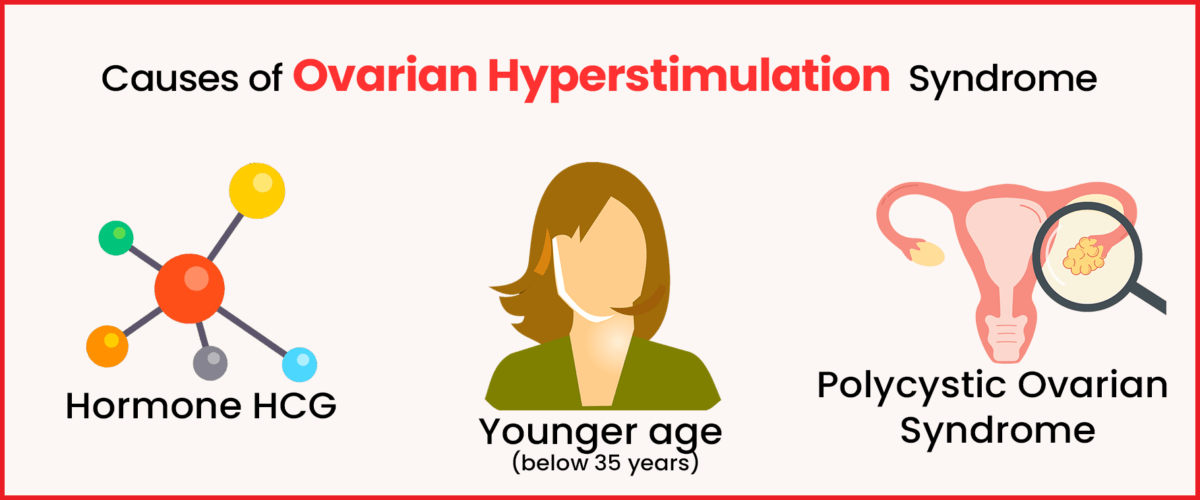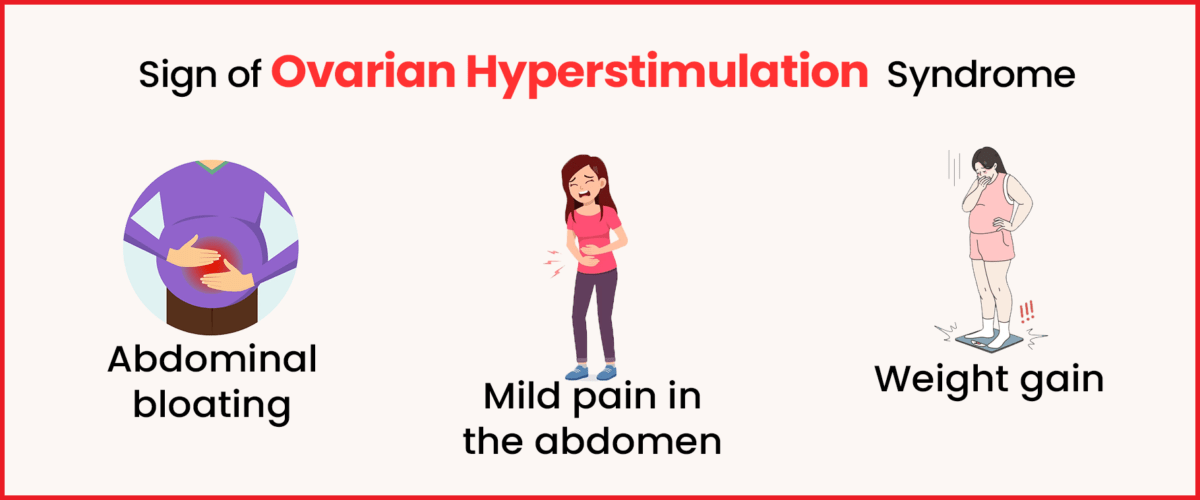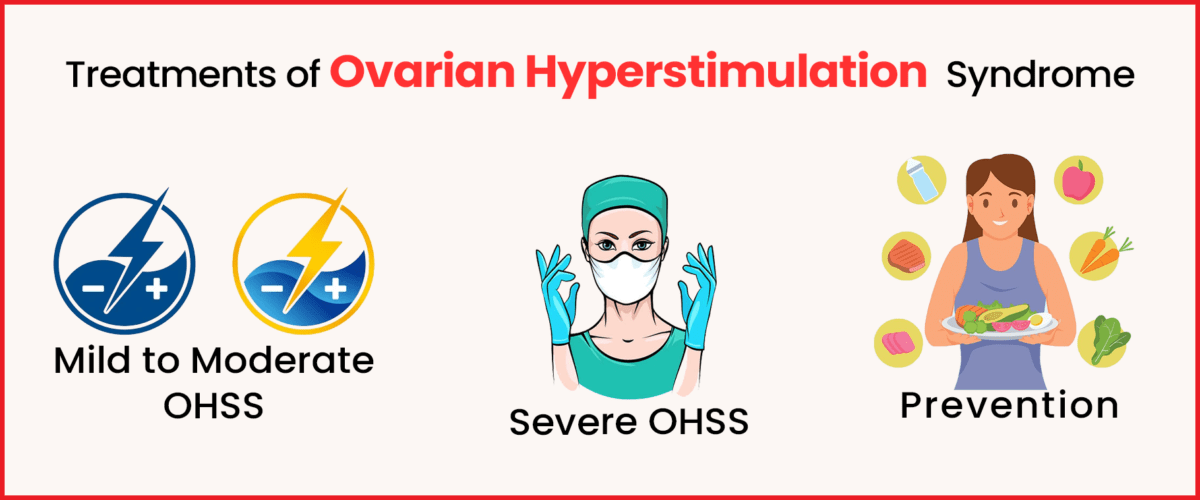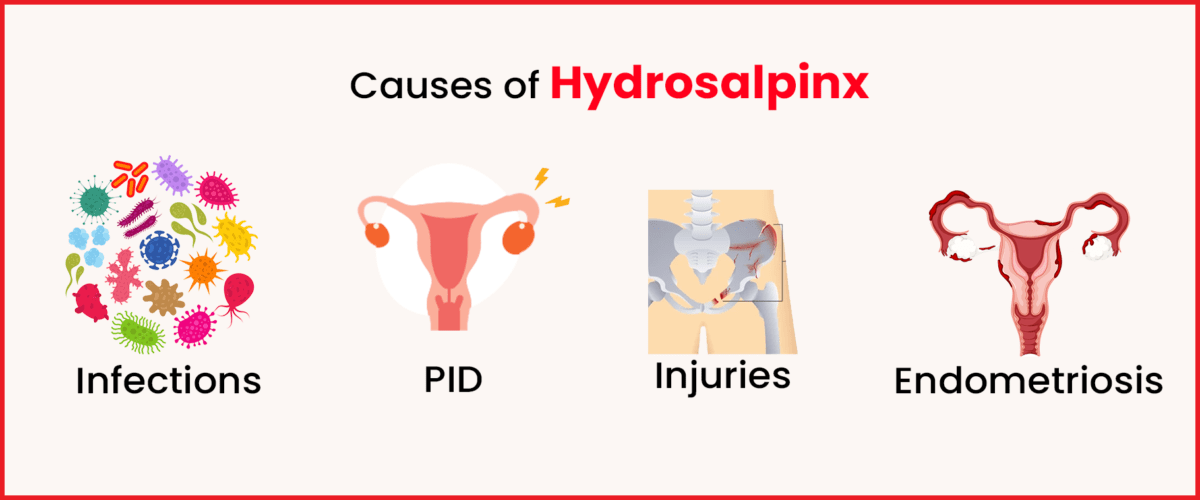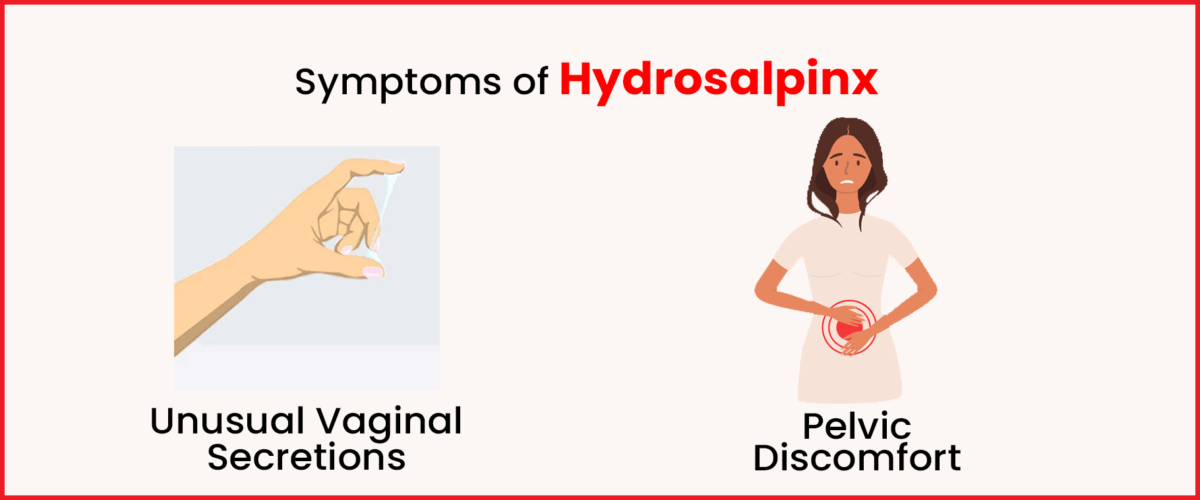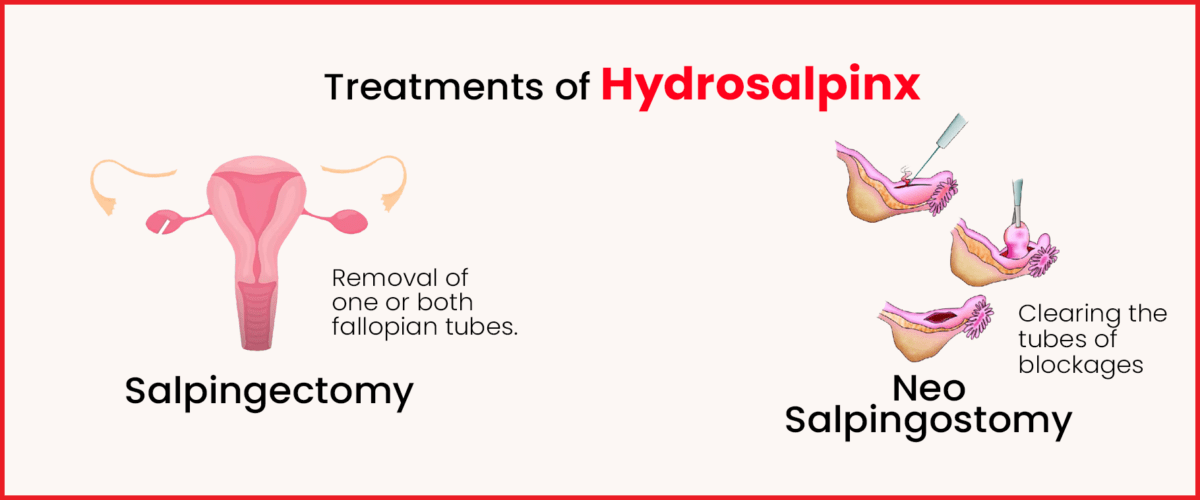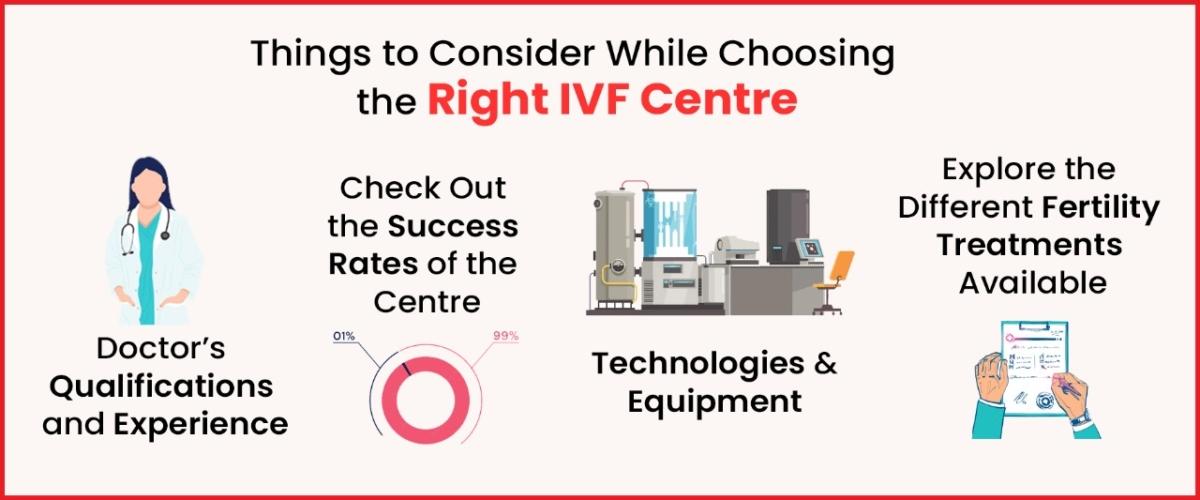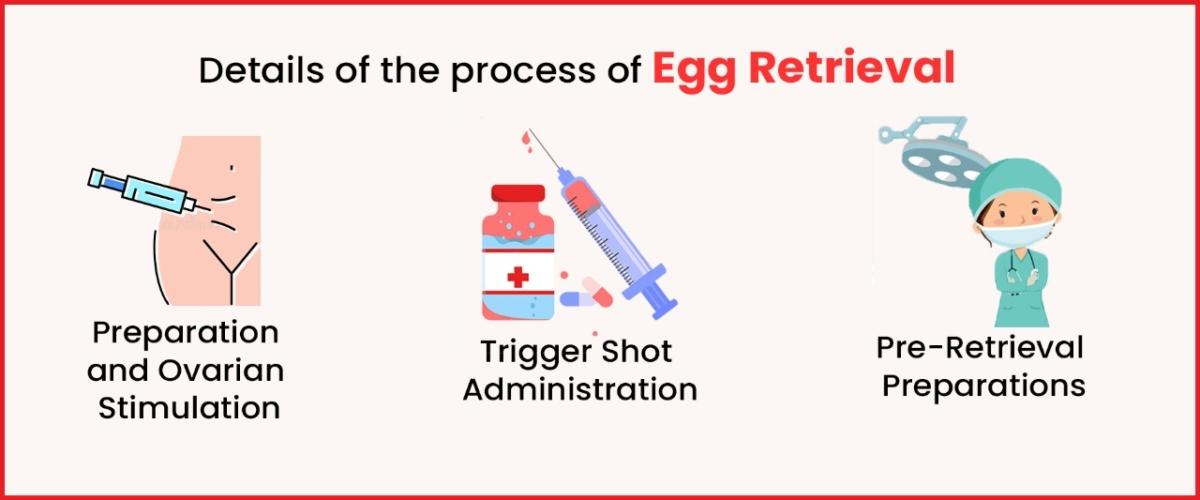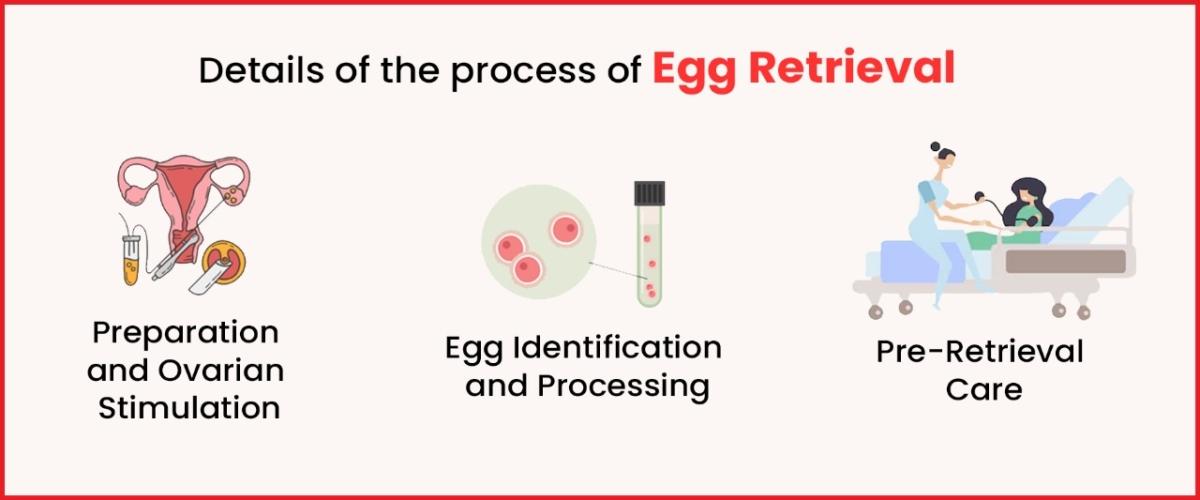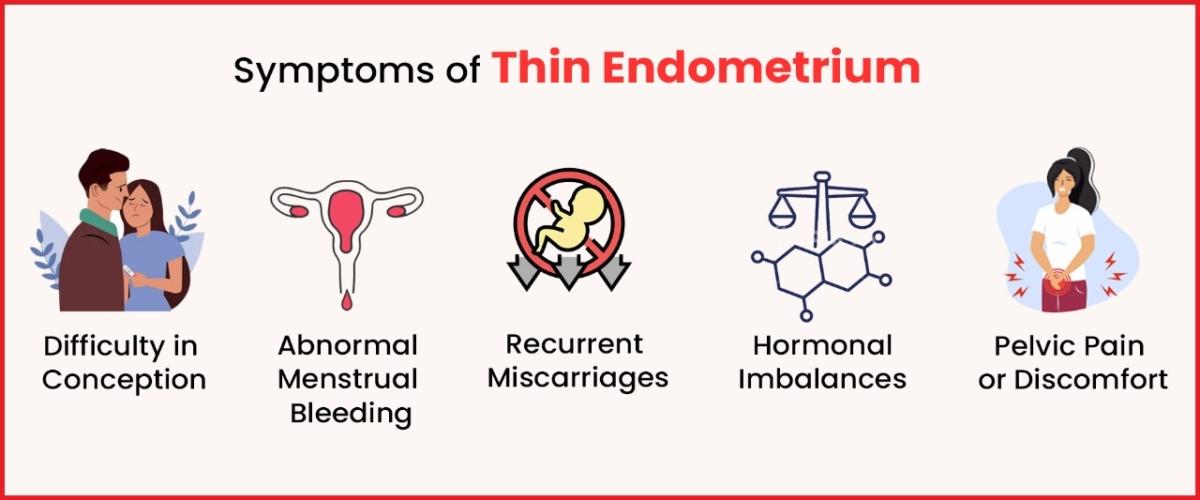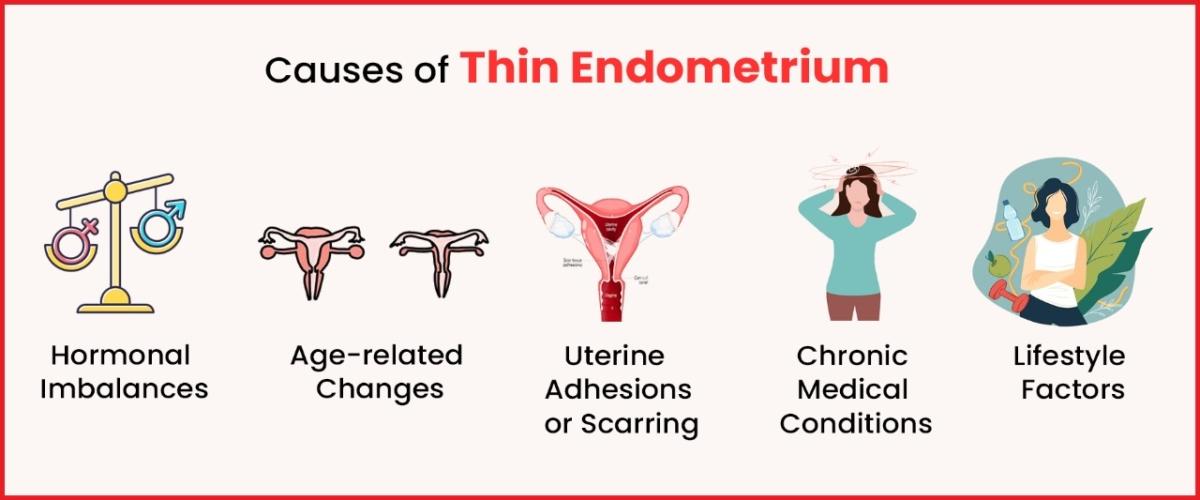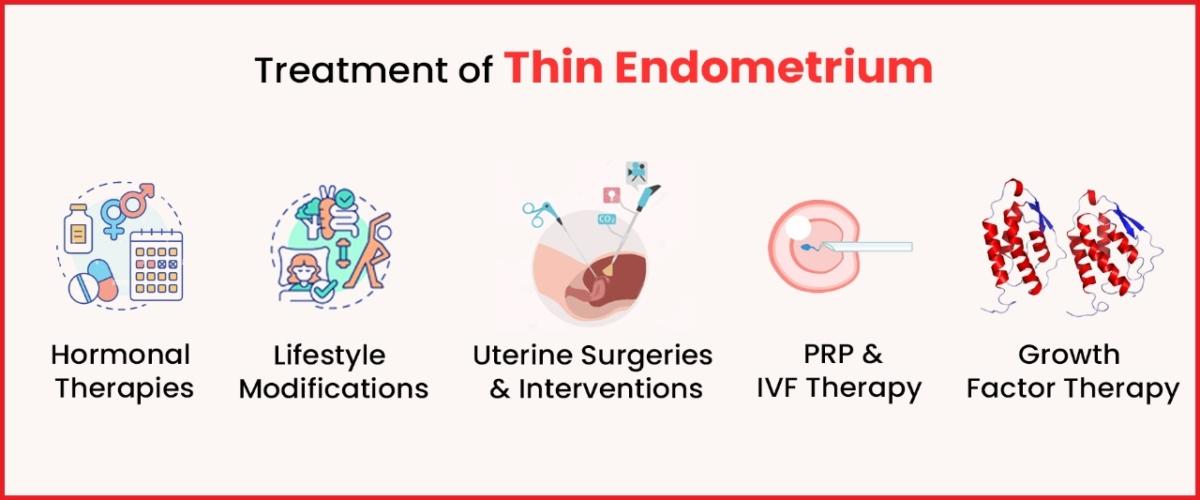Everything You Need to Know about Testicular Atrophy
Welcome to Imprimis IVF Srinagar. Our guiding principle is to maximize results and minimize costs. In this article, we shed light on a major problem that affects male fertility – testicular atrophy. We explore its causes, symptoms, diagnosis, and available treatment options to ensure you have the information you need to make informed decisions about your reproductive health.
Our precise and comprehensive approach makes treatment for infertile couples easier and less stressful. Let’s dive right into this informative and engaging discussion!
Male Reproductive System
The male reproductive system is complex and contains organs and hormones important to a man’s well-being. On the other hand, abnormalities such as testicular atrophy, where the testicles shrink, can seriously affect both general health and fertility. Testicular atrophy is a condition in which a man’s testicles shrink. The testicles are part of the male reproductive system. They are located in the scrotum, whose main task is to regulate the temperature of the testicles.
Temperature regulation is important because the testicles produce sperm, which need a certain temperature to stay healthy and live longer. When the environment cools, the scrotum contracts; when the surrounding area becomes warmer than optimal, the scrotum relaxes and expands. This causes differences in the size of your testicles – which is completely normal. However, it is a condition in which the testicles shrink more than the temperature-regulating function of the scrotum.
Understanding Testicular Atrophy:
Testicular atrophy is a narrowing or shrinking of the testicles, not the scrotum. This can be caused by injury, underlying conditions, or exposure. Testicular atrophy can seriously affect male fertility, but with the right medical intervention and support, it need not be a barrier to parenthood. By understanding the causes, identifying the symptoms, and seeking timely treatment, you can take proactive steps to overcome testicular atrophy and achieve your dream of having a family. Our fertility specialist provides you with personalized statistics based on your circumstances.
Symptoms of Testicular Atrophy:

If you are a male who has not yet reached puberty, your symptoms will be different than in older men. You may experience:
- Lack of facial and pubic hair
- If the penis is larger than normal
It is best to see a doctor if you experience these symptoms.
If you are an older man who has already gone through puberty, your symptoms will be different than younger men. You may experience some or all of the following:
- Decreased sexual desire
- Decreased muscle mass
- Slow or no pubic hair growth
- Soft testicles
- Infertility
Whether you find you have it or not; If you have any of the symptoms listed above, consult your doctor for an accurate diagnosis. Now we will understand what causes testicular atrophy.
Causes of Testicular Atrophy:

There are several factors which can cause testicular atrophy, including:
1. Hormonal imbalance:
Fluctuations in hormone levels like decreased testosterone production in the body can contribute to testicular atrophy.
2. Varicocele:
In this problem, the veins in the scrotum get dilated and swollen which causes reduced blood flow and oxygen supply to the testicles.
3. Infections:
Certain infections for instance mumps or sexually transmitted infections can also become a major reason for testicular inflammation and subsequent atrophy.
4. Trauma:
Injury or trauma to the testicles during sports events or accidents may cause damage to the testicles and can trigger atrophy.
5. Medications and Treatments:
Several medications like chemotherapy and radiation therapy can affect your testicular health and may cause atrophy.
It is important to note that these are not the only causes of testicular atrophy. For an accurate diagnosis and treatment, it is important to consult a qualified doctor. so choosing the right infertility centre is essential!
Diagnosis of Testicular Atrophy:
If you think that you may have testicular atrophy, it is very important to see a doctor to get the correct diagnosis. So what can you expect from a doctor’s visit? Doctors usually begin the diagnosis of testicular atrophy by asking questions about a person’s lifestyle and medical history. They ask about the medications the person is taking. Your doctor will also likely perform a physical examination of your testicles for size, shape, texture, and strength as well.
Finally, the doctor may order additional tests to determine the cause of testicular atrophy. Possible tests include:
- Testicular ultrasound to look for abnormalities and circulation
- Blood test to look for signs of infection
- Swan or urine test to check for sexually transmitted infections
- Hormone level tests
- Sperm analysis to assess sperm quality
- Testicular ultrasound to visualize testicular structure
These tools and methods are used to detect testicular atrophy. Now let’s have a look at the available treatment options.
Treatment Options for Testicular Atrophy:

If a person finds out that they suffer from testicular atrophy early and receives treatment as soon as possible, the shrinkage and damage can be reversed. Some conditions, such as testicular torsion, require immediate treatment to prevent permanent damage to the testicles.
The underlying cause of testicular dystrophy determines the type of treatment. Treatment and early diagnosis can help reverse narrowing.
Several treatments are available:
- Hormone Replacement Therapy: This treatment helps reduce the effects of hormonal imbalance on testicular atrophy and helps restore testicular function to normal levels.
- Antibiotics and Antiviral Drugs: Some drugs can fight invaders and prevent damage caused by infections. Many patients feel relieved after taking antibiotics as they prevent the risk of surgery.
- Surgery: Surgical treatment might be important in some cases as it can improve circulation and possibly reverse a varicocele or testicular torsion atrophy.
- Lifestyle Changes: Minimising the consumption of alcohol, managing stress levels and controlling weight gain can play a crucial role in helping to improve testicular health.
If you want to treat this issue, get in touch with Imprimis IVF Srinagar, our experienced doctors will guide you through the process in full detail.
Imprimis IVF: Helping You Overcome Fertility Problems
Testicular atrophy is an extremely serious problem for male fertility. But a diagnosis doesn’t have to be the end of your child’s planning journey. Imprimis IVF, a top IVF fertility centre, offers advanced analysis, personalized treatment plans, and comprehensive procedures such as IVF and ICSI to help you achieve your dream of becoming the parents that you want to be.
Located in the heart of Srinagar, Imprimis IVF Fertility Clinic is a ray of hope amidst the challenges of testicular atrophy and infertility. We offer personalized care and transformative fertility solutions. As one of the best IVF centres in Srinagar, our commitment to excellence is reflected in every aspect of our practice. At Imprimis IVF & Fertility Centre, we understand the importance of your dream of starting a family. Our experienced fertility specialists work closely with you to develop a customized treatment plan that is tailored to your needs.
We are here to support you every step of the way, from diagnosis to treatment and beyond, so you can dream about starting your family.
Solving these issues can be quite difficult, but don’t worry. Our team of experienced professionals, counsellors, doctors, and staff at our best infertility centre will make sure you feel comfortable throughout the procedure. You can visit here to study the proper guidelines for the procedure.

